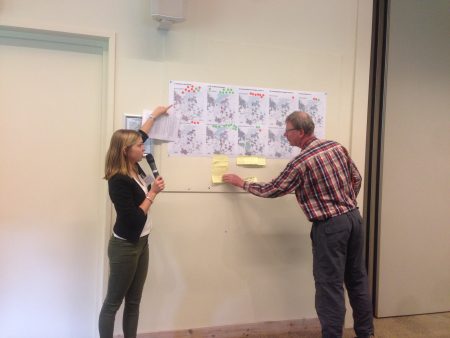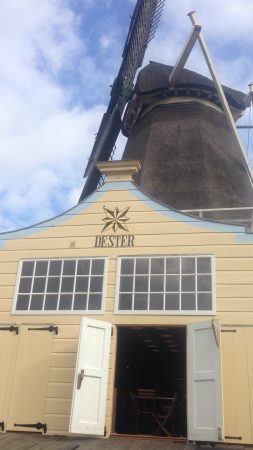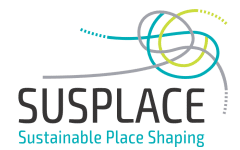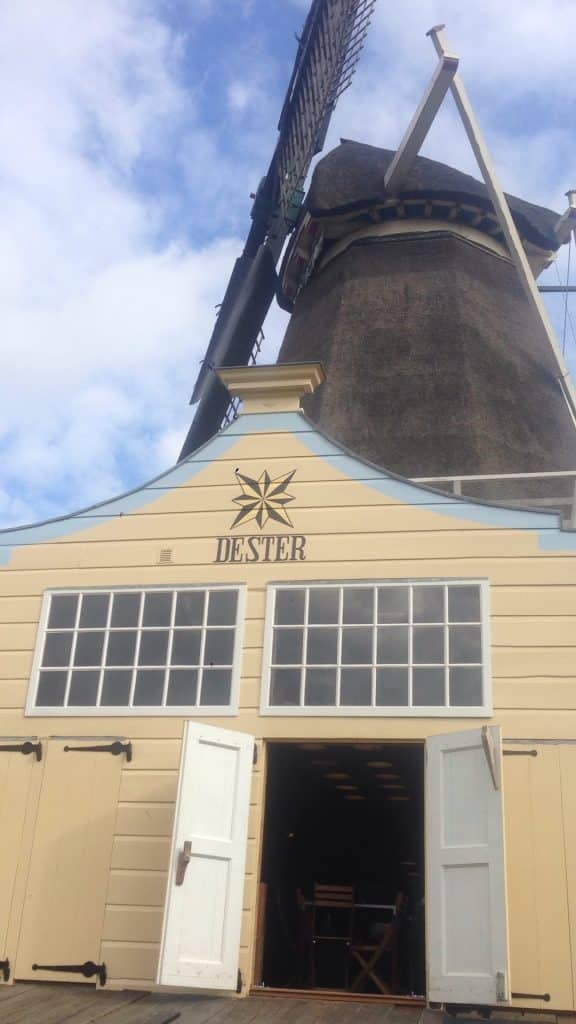
Continuing on the series started by my colleague Lorena Axinte, I want to share my own experience of the three months I spent working with non-academic partner Royal HaskoningDHV in 2017.
What is a secondment?
As part of a Marie Curie Innovative Training Network, all of the ESRs are required to complete two secondments of three months each at one of the partners of the consortium. The main aim of the secondments is to develop professional, transferable skills that can enable us to pursue either an academic or a high-professional career. To achieve this, we have the opportunity to be involved in activities and projects of the hosting organization.
Starting from last October, I had been in regular contact with Job van den Berg and Loes Holtmaat – my secondment supervisors at RHDHV – in order to discuss each other’s goals and expectations regarding this collaboration. As Strategic Management Consultants (SMC), the group of which they are part, they carry out a lot of work as facilitators of workshops and events; I was very interested to learn more about this aspect of their work and develop my own facilitation skills – both for my current research and my future career.
The opportunity to gain work experience and develop professional skills alongside the high-quality academic training we receive within the SUSPLACE programme was, from the start, one of the main reasons that motivated me to apply to this position. I was therefore very excited at the prospect of finally starting my first secondment period!
The early days
I was sent straight into the life of the SMC group when I was invited to join the monthly ‘Network Hub’; a day in which all the consultants would get together and discuss ongoing projects and future strategies, giving each other feedback. I was the new face, the weird ‘researcher-creature’, and no-one seemed to have a clear idea of neither who I was nor what I was doing there. Add to the equation that I don’t speak any Dutch, and you get the picture.
Joking aside, during the first month I took every opportunity to get to know other colleagues and learn as much as I could about the work environment. I was lucky to be invited to project meetings and internal events of the SMC group, which were a good occasion to meet the team and get a real feeling for their everyday work. At the beginning of these days I would introduce myself and my project, and during breaks and lunch time I had the opportunity to mingle and get further input as well as useful contacts.
I also arranged different meetings with various colleagues to explore opportunities of collaboration during my time in the Netherlands. Everybody was extremely nice to me, and showed interest in the SUSPLACE project.
Getting into the flow

My role became more defined towards the end of the first month. My main focus became the evaluation of workshop and events that were facilitated by colleagues from SMC, and more specifically I was to explore the participant’s perspective on the experience. I was invited to take part in various events, which allowed me to achieve my goal of learning about facilitation and practicing new skills in a real-work setting; I designed an evaluation questionnaire that I used to collect feedback from participants, which helped me produce individual reports for the event’s organisers as well as a final paper. Such paper summarised the main lessons learned, and will hopefully contribute to a final publication by RHDHV.
Due to the nature of this work, I was not in the office every day, and especially towards the end my work became mostly independent (analysing interviews and writing reports). However, from the time I spent in the various offices of the company, I got the impression of a very friendly and welcoming work environment. I met many interesting people and made a few new friends, with whom I hope I will have a chance to work again at some point, and I often found myself thinking that I would enjoy working in a similar place in the future.

Coming home: some final reflections
Reflecting back on my time at RHDHV, the main obstacle I encountered was the language barrier, as I don’t speak any Dutch and can only understand very little. This was generally not a problem with colleagues at RHDHV (although it posed some challenges with a limited few), but turned out to be a considerable factor in many work-related activities, such as meetings where clients were invited, and even the events I was participating to. Clients are not always comfortable switching to English, and larger events especially cannot realistically be held in a different language just because of my presence. Still, this did impair my opportunities to participate actively in most activities, and to some extent it also limited my understanding of background information.
Not all weeks were filled with events and excitement, but the ones that were left me buzzing with energy. As I hopped on and off perfectly smooth Dutch trains across the country, pretended to know anything about water management, and interviewed local politicians over a glass of wine, I felt like an accomplished professional. These might all seem trivial details, but after the months of sitting at my desk in Helsinki reading academic journals – an activity that characterised my first year in SUSPLACE – the opportunity to explore life in a different work environment was very welcome, and I feel very grateful for the chance I was given.

